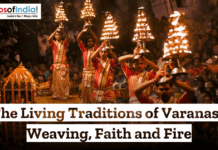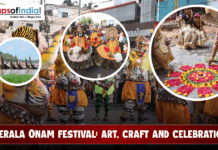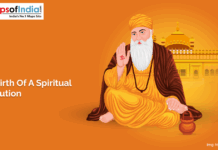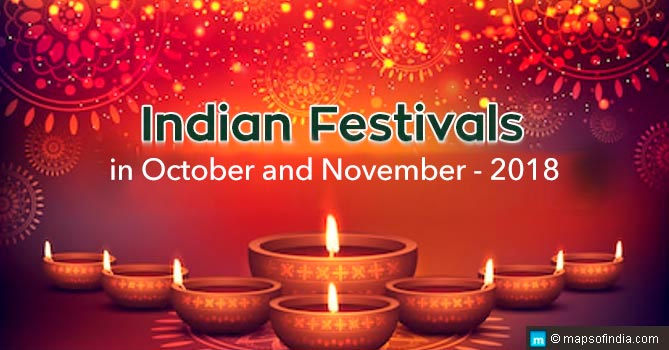As November unfolds its cool embrace, Sonepur in Bihar is bustling with life, hosting the much-awaited Sonepur Mela from November 20 till December 5. The Sonepur Mela, nestled among the verdant landscapes of Bihar, India, is a testament to the nation’s rich cultural heritage and vibrant spirit. This grand cattle fair, held annually on the auspicious occasion of Kartik Poornima, is a spectacle of colors, sounds, and traditions, attracting visitors worldwide.
Historical Roots
The Sonepur Mela traces its origins to the ancient Vedic period, making it an enduring symbol of India’s cultural legacy. Legend has it that the fair was initiated by Lord Vishnu himself, who intervened to end a conflict between an elephant and a crocodile. The fair’s historical significance is further enhanced by its association with the Mauryan Emperor Chandragupta Maurya, who used to purchase elephants and horses from the region. The fair evolved over time, incorporating commerce, spirituality, and entertainment elements.
The connection to the Gandharva Raj, a mythical kingdom mentioned in Hindu scriptures, is one of the most intriguing historical anecdotes associated with Sonepur Mela. During the fair, it is believed that a dip in the holy confluence of the Ganges and Gandak rivers can wash away sins and provide spiritual purification. This sacred belief has aided the fair’s popularity, attracting pilgrims and tourists.
Commerce and Livestock
Sonepur Mela’s legendary cattle market is at its heart, where buyers and sellers converge to engage in the age-old tradition of trading livestock. The fair is famous for its extensive collection of animals, including elephants, horses, buffaloes, camels, and various other domesticated animals. The transactions occur in a lively and animated environment, with haggling and negotiations adding drama to the proceedings. Aside from livestock, the fair also features a diverse marketplace where visitors can find various goods, from handicrafts and textiles to agricultural implements. The fair provides an economic lifeline for the local community by allowing them to showcase their products and earn a living.
Cultural Extravaganza
Sonepur Mela is more than just a commercial event; it also celebrates culture and tradition. Folk performances, traditional music, and dance fill the fairgrounds, showcasing Bihar’s rich heritage. Artists from all over the country gather to entertain the crowd with skillful performances, creating a festive atmosphere.
Spiritual Significance
The confluence of the Gandak and Ganges rivers is a spiritual phenomenon as well as a geographical one. Pilgrims flock to the auspicious Harihar Nath Temple, located near the fairgrounds and dedicated to Lord Shiva. During the fair, taking a dip in the holy waters of the rivers is thought to cleanse the soul and bestow blessings.
Evolution and Modernization
Sonepur Mela has remained deeply rooted in tradition while evolving with the times. Modern conveniences, such as amusement rides, food stalls, and cultural events, have now been added to the age-old rituals and practices. The fair has evolved into a mash-up of tradition and modernity, attracting a diverse crowd of both locals and tourists.
Conclusion
Sonepur Mela is a testament to India’s rich cultural tapestry, where ancient traditions seamlessly coexist with the demands of the modern world. This grand spectacle will continue to enchant visitors until December 5, as the largest cattle fair in India continues to draw people from all walks of life, offering them a unique experience that blends commerce, culture, and spirituality.





